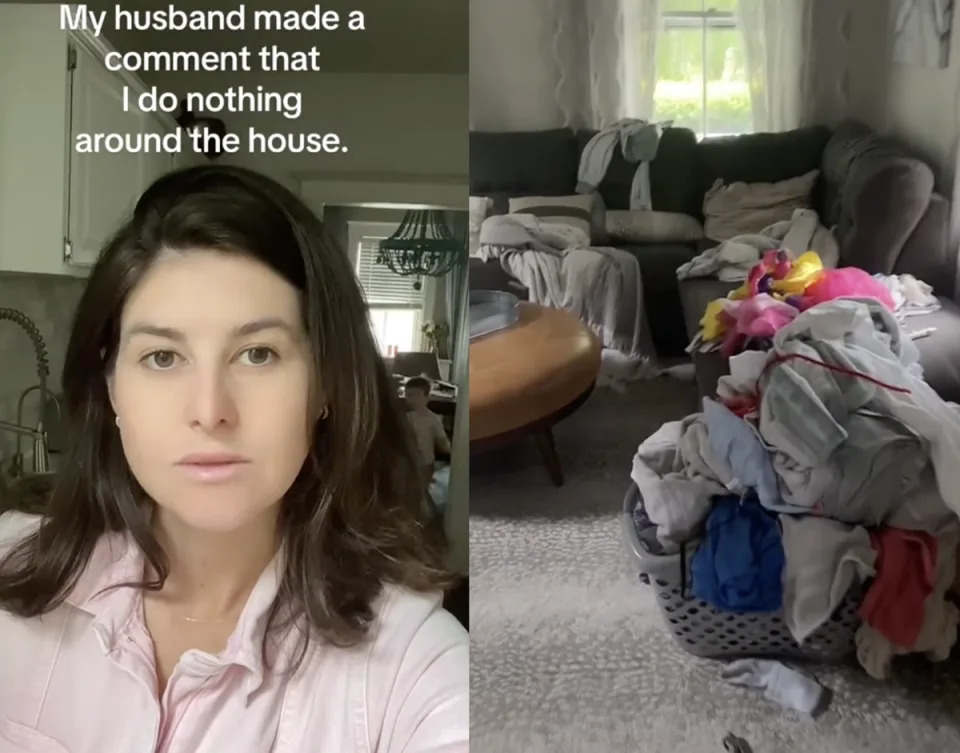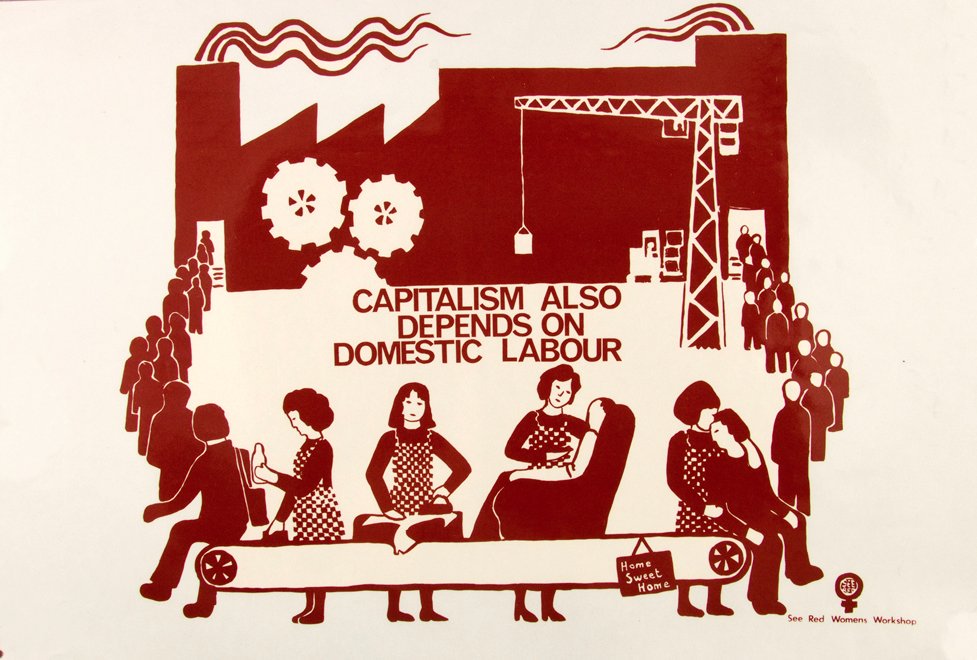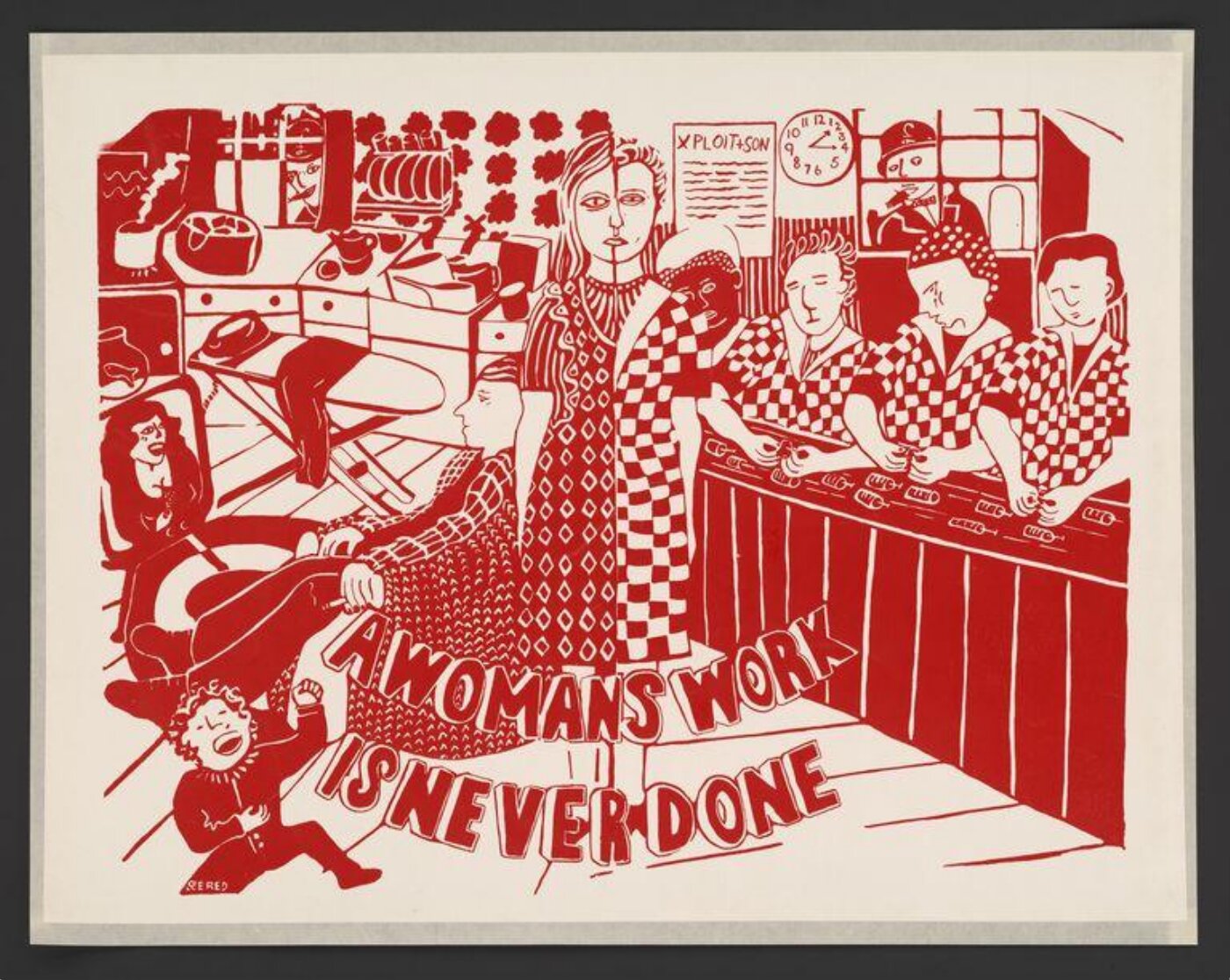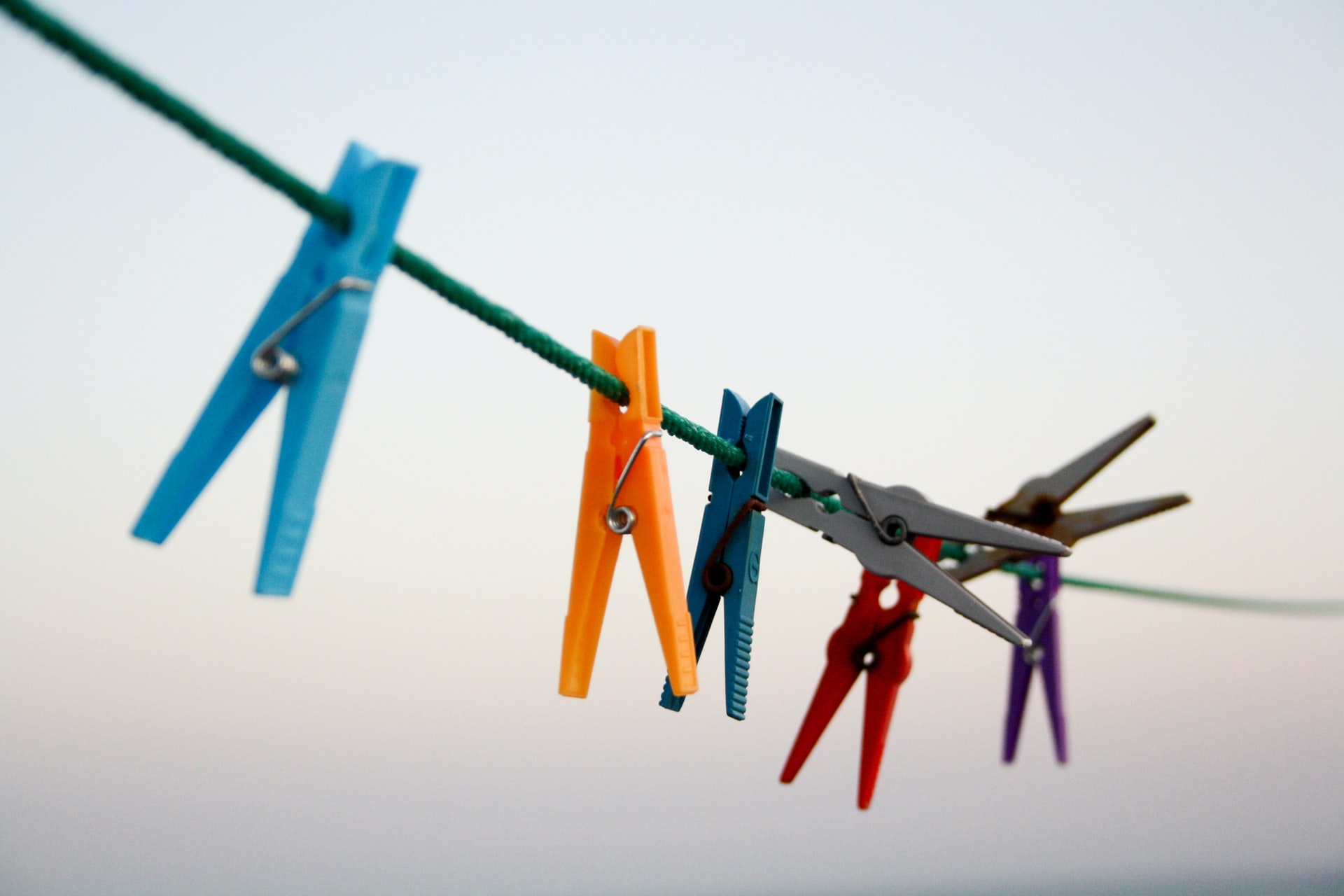#WAGESFORHOUSEWORK #UBI POSTPANDEMIC ECONOMICS
HEALTH NEWS
JAN. 18, 2021 / 11:50 AM

Thirty-seven percent of couples surveyed relied on the wife to provide most or all childcare, 44.5% used more egalitarian strategies and nearly 19% used strategies that were not gendered or egalitarian. File Photo by John Angelillo/UPI | License Photo

Despite being locked down during the pandemic, childcare responsibilities often fell on women's shoulders, a new study shows.
"Most people have never undergone anything like this before, where all of a sudden they can't rely on their normal childcare, and most people's work situation has changed, too," said researcher Kristen Shockley, an associate professor of psychology at the University of Georgia. "We thought this would be a chance for men to step in and partake equally in childcare, but for many couples we didn't see that happen."
In mid-March, as schools and day care centers shut down, Shockley's team surveyed couples, both of whom worked and had at least one child under the age of 6. The team researchers first surveyed 274 couples and followed up with 133 of the same couples in May.
"When the wife does it all, not surprisingly, the outcomes are bad for the couple," Shockley said in a university news release. "It's not just bad for the wife, it's also bad for the husband, including in terms of job performance although his work role presumably hasn't changed. When one person's doing it all, there's a lot of tension in the relationship, and it's probably spilling over into the husband's ability to focus at work."
Although about 37% of couples relied on the wife to provide most or all childcare, 44.5% used more egalitarian strategies and nearly 19% used strategies that were not gendered or egalitarian.
Co-parenting strategies included alternating workdays, planning daily shifts that included both work and childcare for husband and wife, and alternating schedules that changed based on the couple's work needs. These strategies actually increased the productivity of both parents.
"When you look at the more egalitarian strategies, we found the best outcomes for people who were able to alternate working days," Shockley said. "The boundaries are clear. When you're working, you can really focus on work, and when you're taking care of the kids, you can really focus on the kids. But not everybody has jobs amenable to that."
The paper doesn't include qualitative quotes, but Shockley clearly remembers the participants' comments.
"People were saying, 'I'm at my breaking point,' and this was just two weeks in. A lot of people said, 'I'm just not sleeping.' You could feel people's struggle, and there was a lot of resentment, particularly when the wife was doing it all," she said.
"This really highlights some infrastructure issues we have with the way we think about child care in this country," Shockley said. "The default becomes, 'Oh well, the wife is going to pick up the slack.' It's not a long-term solution."
Shockley noted that the couples surveyed had relatively high incomes.
The report was published in the January issue of the Journal of Applied Psychology.More information
For more on coping during the pandemic, see the U.S. Centers for Disease Control and Prevention.
Copyright 2020 HealthDay. All rights reserved.

 The History of the Wages for Housework Campaign - Louise ...
The History of the Wages for Housework Campaign - Louise ...
The Wages for Housework perspective was a completely original school of thought, and a toolbox for action, at the beginning of second-wave feminism. It was accused of being a simple demand for money, partial and reformist – even reactionary – that went counter to the objective of women’s equality in society. But it was much more than that.
 Wages for housework - Wikipedia
Wages for housework - Wikipedia
The International Wages for Housework Campaign (IWFHC) is a grassroots women's network campaigning for recognition and payment for all caring work, in the home and outside. It was started in 1972 by Selma James who first put forward the demand for wages for housework at the third National Women's Liberation Conferencein Manchester, England. The IWFHC state that they begin with those with least power internationally – unwaged workers in the home (mothers, housewives, domestic workers de…
 WAGES FOR HOUSEWORK CAMPAIGN
WAGES FOR HOUSEWORK CAMPAIGN
INTERNATIONAL WAGES FOR HOUSEWORK CAMPAIGN Since 1972, the International Wages for Housework Campaign (IWFHC), a net work of Third World and metropolitan women, has been organizing to get rec ognition and compensation by govern ments for the unwaged work women do in the home, on the land and in the com munity, to be paid by dismantling the
 Wages for Housework Campaign Bulletin – Rise Up! Feminist ...
Wages for Housework Campaign Bulletin – Rise Up! Feminist ...
The Wages for Housework Campaign Bulletin was a publication of the Toronto Wages for Housework Committee. The International Wages for Housework Campaign was co-founded in 1972 by Selma James, Mariarosa Dalla Costa, Silvia Federici, and Brigitte Galtier, and was organized around the principle that women should be paid for performing the socially necessary labour of housework and childcare.
 I founded the Wages for Housework campaign in 1972 – and ...
I founded the Wages for Housework campaign in 1972 – and ...
 Wages For Housework | New Internationalist
Wages For Housework | New Internationalist
1988-03-05 · Yet the Wages for Housework campaigners remain vociferous, as do their opponents. Wages for Housework is more than a single demand; it offers a controversial perspective on a wide range of feminist concerns, and the politics and economics of housework have been debated in the context of Greenham Common, campaigns for the rights of prostitutes, campaigns against racism, campaigns against rape.
 Silvia Federici reflects on Wages for Housework : New Frame
Silvia Federici reflects on Wages for Housework : New Frame
18 Oct 2018. Features. 'The goal was to get wages for housework in order to raise the level of our struggle, not to end it,' says Silvia Federici. (Photograph by Luis Nieto Dickens) In 1972, Silvia Federici participated in founding the Wages for Housework campaign of the International Feminist Collective, which formed chapters in Italy, the United Kingdom and the United States to demand wages from their …










